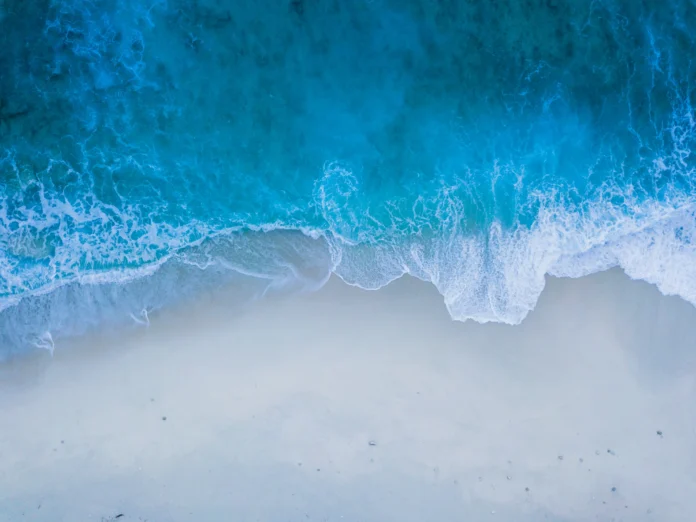The setError() method of PrintStream Class in Java is used to set the error state of this PrintStream instance. This method is used as an indicator to indicate that an error has occurred in the stream. It is protected and hence needs to be implemented by deriving the PrintStream class to use it.
Syntax:
protected void setError()
Parameters: This method do not accepts any parameter.
Return Value: This method do not return anything.
Below methods illustrates the working of setError() method:
Program 1:
// Java program to demonstrate// PrintStream setError() method import java.io.*; // extending the PrintStream Classclass GFG extends PrintStream { // Defining the protected constructor public GFG(OutputStream out) { super(System.out); } // Driver Code public static void main(String[] args) { // The string to be written in the Stream String str = "GeeksForGeeks"; try { // Create a GFG instance GFG stream = new GFG(System.out); // Write the above string to this stream // This will put the string in the stream // till it is printed on the console stream.print(str); stream.flush(); // Use the protected setError() method stream.setError(); } catch (Exception e) { System.out.println(e); } }} |
GeeksForGeeks
Program 2:
// Java program to demonstrate// PrintStream setError() method import java.io.*; // extending the PrintStream Classclass GFG extends PrintStream { // Defining the protected constructor public GFG(OutputStream out) { super(System.out); } // Driver Code public static void main(String[] args) { try { // Create a GFG instance GFG stream = new GFG(System.out); // Write the char to this stream // This will put the char in the stream // till it is printed on the console stream.write(65); stream.flush(); // Use the protected setError() method stream.setError(); } catch (Exception e) { System.out.println(e); } }} |
A

